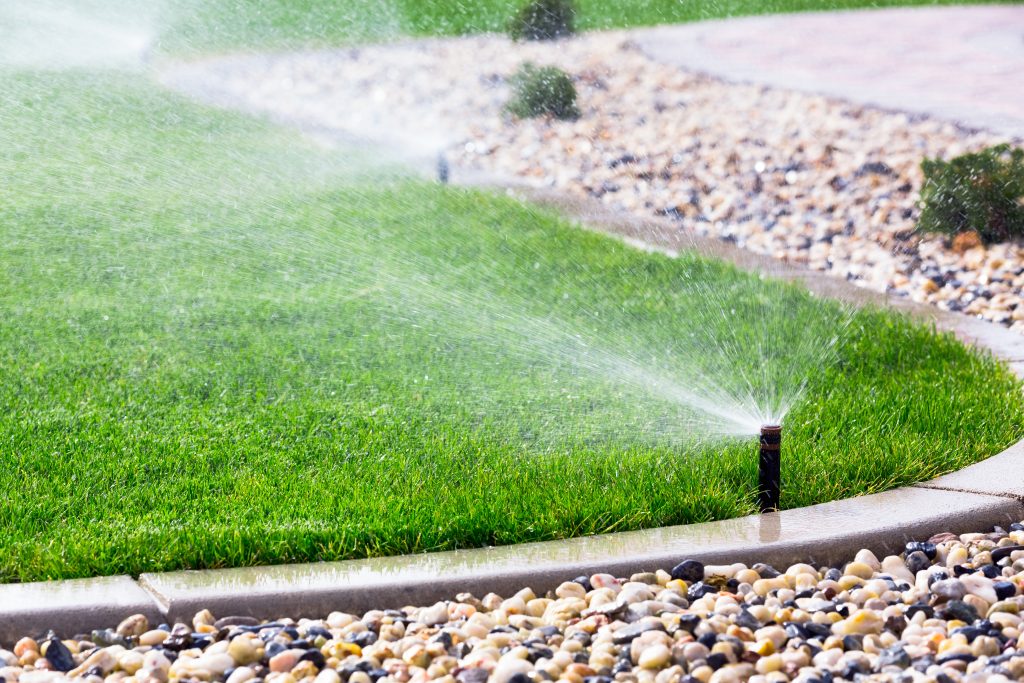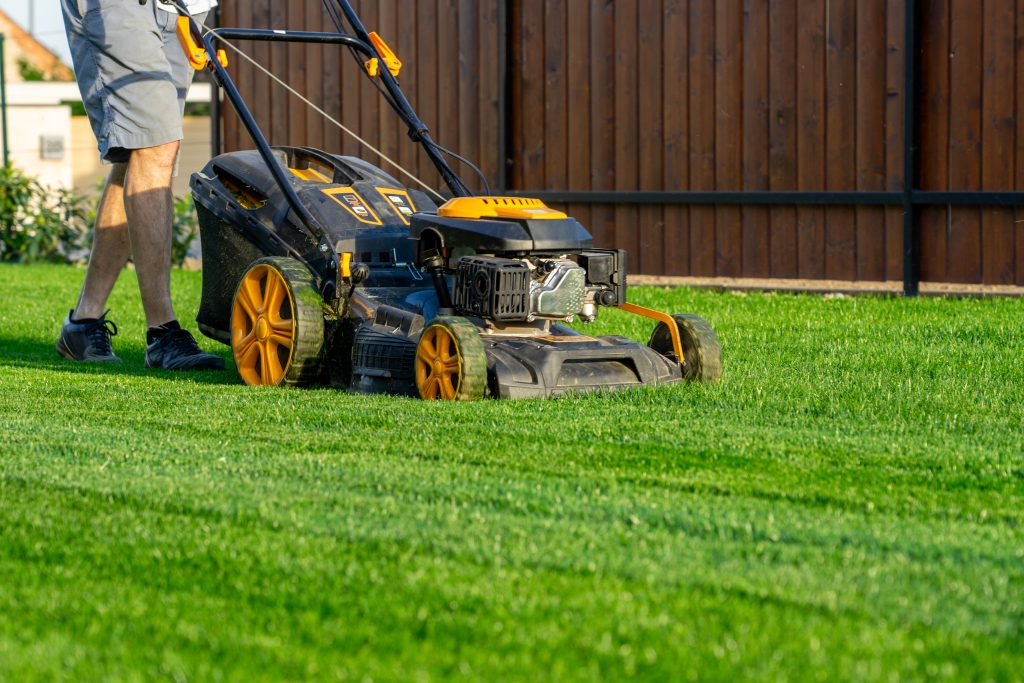Guide to Upkeeping a Lawn in Texas
Maintaining a green-as-a-golf-course lawn in Texas is not impossible, even with the intense, dry heat and summer’s many droughts. With a few adjustments (and some extra commitment), even the most frustrated Texan homeowner can revitalize their grass’ color and health.
Here’s everything you need to know about keeping a thriving lawn in Texas.

How to Protect Your Lawn from the Heat
With summer heat often comes brown lawns, but with a little planning, you can prevent a dead-looking yard. First, know what you’re dealing with: Many lawns primarily struggle because they’re sodded with “popular” grasses that aren’t native to Texas (like Bermuda), which can’t handle our state’s heat levels. Native grass species such as buffalo grass and habiturf, which are both more drought-resistant, have a happier time growing here.
Of course, plenty of shade and mulch will help keep your lawn cool from the sun. However, you also want to avoid over-mowing — longer grass keeps the sun off the soil and roots, which helps keep the area healthy and moist. Keep your grass at least 3 or 4 inches high. (This will also prevent weed growth. Learn more here.)
Check out our full guide to protecting your grass from summer heat.

How to Efficiently (and Effectively) Water Your Lawn
Almost one-third of the water used by American families each day is used outdoors, and even more so in dry climates such as Texas. But a sopping wet lawn isn’t necessarily a happy lawn. Watering your lawn should happen in the morning (to avoid quick evaporation) and only once or twice a week. Most Texas-native lawns only need a couple of inches of water to grow properly, and overwatering can just feed weeds and insects. Here are a few important tips on efficiently watering your grass.
Unfortunately, of the 60–80 gallons of water the average American family uses every day, a significant portion goes to waste. You can save water (and your lawn) with a few cheap tricks, including using a water barrel, rain gauges, and hydrozoning. Here are 11 of our favorite ways to save water.

Tips for Lawn Mowers
Before you start mowing, inspect your yard for rocks, branches, toys, or anything else that might cause damage to your equipment. Wear long pants and closed-toe shoes, and never fill your lawn mower with gas while the engine’s running. Get a full rundown of lawn mower safety here, and if trimming the grass is your teenager’s chore, help them do it right with these tips.
Clean your lawn mower’s blades after every use and sharpen them at least twice a season. Check bolts, screws, spark plugs, and oil levels regularly. For electric mowers, ensure cords are intact and not frayed. Here’s our full lawn mower maintenance checklist.
If you’ve tried everything and your lawn just won’t cooperate, there’s always the “perm” option. Here are all the pros and cons regarding the cost, efficiency, and environmental impact of an artificial lawn.
© 2025 Texas Farm Bureau Insurance



